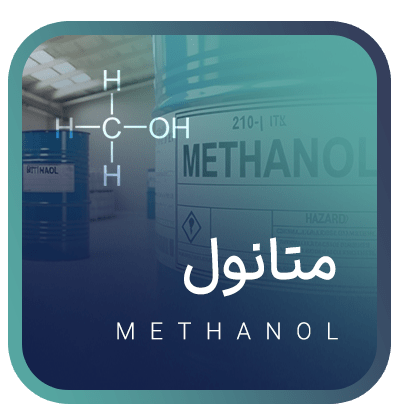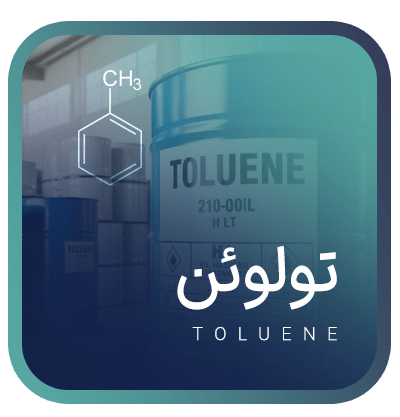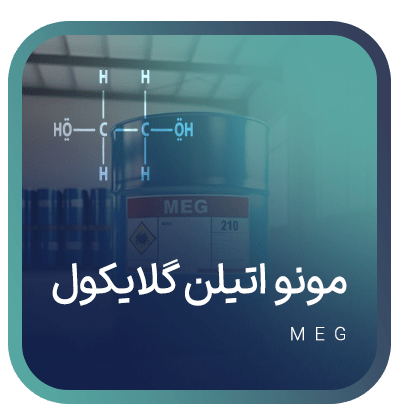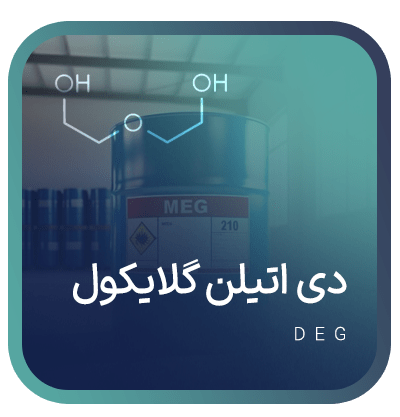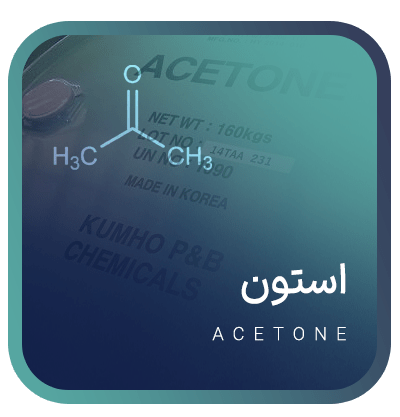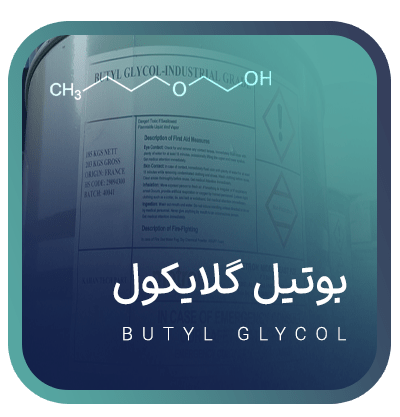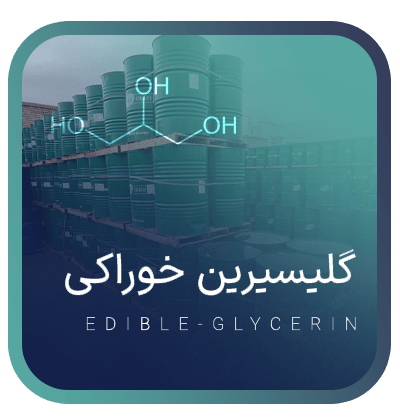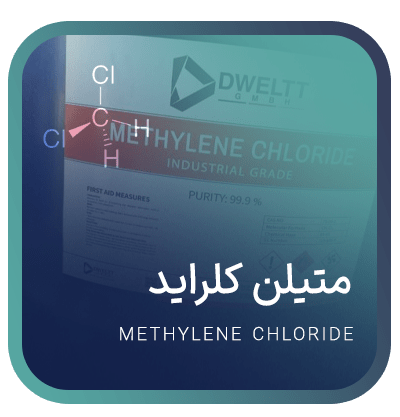رایمون اکسیر اسپادانا
CLICK TO DOWNLOAD
دریافت کاتالوگ محصولات
تامین پایدار مواد شیمیایی
با کیفیت جهانــی و قیمــت رقـابتی
031-33932283
English
نوآوری شیمیایی با تکیه بر دانش
شرکت رایمون اکسیر اسپادانا
شرکت رایمون اکسیر اسپادانا یک مجموعه دانشبنیان و پیشرو در حوزه تولید، واردات و صادرات مواد شیمیایی تخصصی است. ما با بهرهگیری از تیم تحقیقاتی مجرب و فناوریهای روز، راهکارهای شیمیایی کارآمد و منحصربهفردی را برای صنایع مختلف توسعه میدهیم.
تمرکز اصلی ما بر تجاریسازی پژوهشهای علمی و ارائه محصولات باکیفیت منطبق بر استانداردهای جهانی است. همکاری نزدیک با مراکز علمی و پارکهای فناوری، هسته اصلی تمایز ما در این صنعت محسوب میشود.
تولید هوشمند، تجارت مسئولانه، توسعه پایدار

خدمات
خدمات ما
تولید و تأمین مواد شیمیایی با فرمولاسیون پیشرفته، همراه با خدمات واردات و صادرات اختصاصی. ارائه راهکارهای علمی و عملیاتی متناسب با نیازهای صنایع مختلف، با تضمین کیفیت و قیمت رقابتی. برای مشاهده جزییات روی ادامه مطلب کلیک کنید.

تحقیق و توسعه
طراحی و بهینهسازی فرمولاسیونهای شیمیایی اختصاصی با رویکرد حل چالشهای صنعتی و توسعه محصولات نوآورانه.

ارائه خدمات مشاوره
ارائه راهکارهای علمی و عملیاتی مبتنی بر آخرین فناوریهای شیمیایی برای بهینهسازی فرآیندها و محصولات صنایع.

تامین مواد اولیه شیمیایی صنایع
واردات هوشمند مواد شیمیایی با بهترین قیمت و کیفیت، همراه با صدور سریع پروفرما و پشتیبانی تخصصی از سفارش تا تحویل.
مواد شیمیایی
محصولات ما
مواد شیمیایی وارداتی کیفیت تضمین شده مطابق با آنالیز ، قیمت منصفانه و تحویل مستقیم از تامینکننده دستاول!
وبلاگ
جدید ترین مقالات و خبرها
منبعی برای مطالب مفید و بهروز در حوزه مواد شیمیایی، اخبار صنعت و نکات کاربردی. مطالب جدیدی در اینجا منتشر میکنیم که میتواند برای فعالان این حوزه جذاب باشد.
تامین، بهترین راهکارهای خرید، فروش و تجارت مواد شیمیایی را ارائه میدهیم. فعالیت ما در حوزه واردات و صادرات تخصصی با تکیه بر تحلیل بازار و کیفیتسنجی دقیق انجام میشود.
